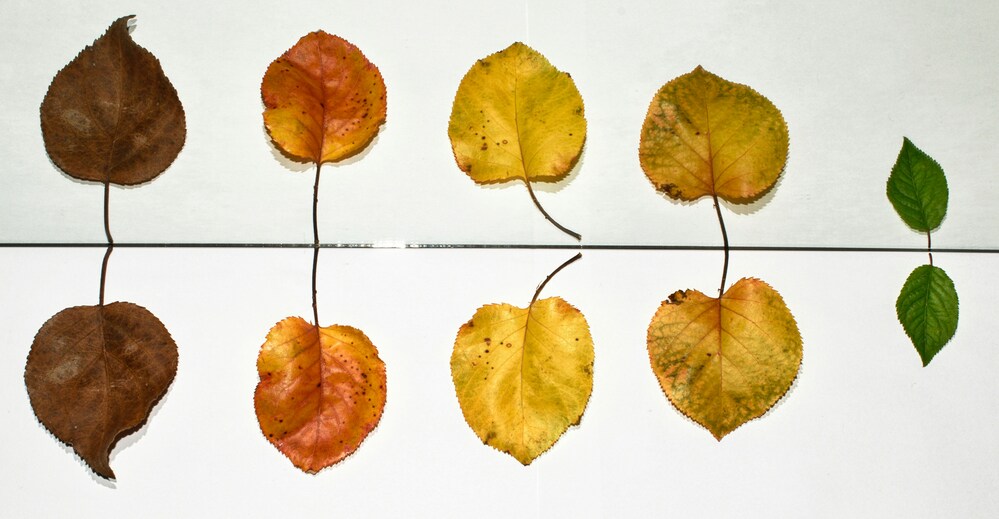The Enchanting World of Leucothoe: A Deep Dive into Cultivation, Varieties, and Landscape Design

Introduction
The Enchanting World of Leucothoe, a genus of evergreen shrubs, unveils a world of botanical wonders that can transform any garden into a captivating oasis. In this comprehensive guide, we embark on a journey to explore the various facets of Leucothoe, from its diverse species to practical tips on cultivation, care, and creative landscaping possibilities.
Section 1: An Overview of Leucothoe
Subsection 1.1: Introduction to the Genus
Leucothoe, a member of the Ericaceae family, encompasses a range of shrubs and small trees known for their stunning foliage and delicate blooms. Native to regions across Asia, North America, and the Caribbean, these evergreen beauties have become prized additions to gardens worldwide.
Subsection 1.2: Distinctive Features
One of the defining characteristics of Leucothoe is its glossy, leathery leaves that adorn arching branches. The unique bell-shaped flowers, which appear in clusters, add an ethereal touch to these shrubs. Understanding these distinctive features sets the stage for appreciating the allure of Leucothoe in a garden setting.
Section 2: Popular Leucothoe Varieties
Subsection 2.1: Leucothoe Fontanesiana (Drooping Leucothoe)
Dive into the specifics of Leucothoe fontanesiana, commonly known as drooping leucothoe. Explore its origins, growth habits, and the visual impact it brings to gardens. Highlight the versatility of drooping leucothoe in different landscapes, from traditional gardens to more contemporary designs.
Subsection 2.2: Other Notable Varieties
Expand the scope by introducing readers to additional noteworthy Leucothoe varieties. Discuss their unique characteristics, such as foliage color variations, growth patterns, and flowering seasons. This section empowers readers to make informed decisions based on their preferences and gardening goals.

Section 3: Planting Leucothoe
Subsection 3.1: Soil Preparation
Provide a detailed guide on preparing the soil for optimal Leucothoe growth. Discuss the preferred soil types, drainage considerations, and the importance of maintaining the right acidity levels. Tips for soil amendments and composting can aid readers in creating a thriving environment for their Leucothoe plants.
Subsection 3.2: Sunlight and Spacing
Delve into the sunlight requirements of Leucothoe, emphasizing the importance of understanding each variety’s preferences. Address the spacing considerations to ensure proper air circulation and prevent overcrowding, fostering healthier and more vigorous growth.
Subsection 3.3: Planting Tips
Offer step-by-step instructions for planting Leucothoe, covering essential aspects such as depth, mulching, and initial watering. Tips for container planting can also be included for those with limited garden space or those interested in cultivating Leucothoe in pots.
Section 4: Caring for Leucothoe
Subsection 4.1: Watering and Moisture Management
Guide readers on proper watering practices, taking into account the moisture needs of Leucothoe. Discuss the impact of environmental factors on water requirements and offer strategies for maintaining adequate moisture levels, especially during dry periods.
Subsection 4.2: Fertilization Strategies
Examine the nutritional needs of Leucothoe and outline effective fertilization strategies. Discuss the timing, types of fertilizers, and the potential benefits of organic alternatives. By understanding the nutritional requirements, readers can promote vigorous growth and vibrant foliage in their Leucothoe plants.
Subsection 4.3: Pruning Techniques
Demystify the art of pruning Leucothoe, covering topics such as when to prune, shaping practices, and the removal of dead or diseased branches. Illustrate how strategic pruning can enhance the plant’s form, encourage bushier growth, and rejuvenate older specimens.
Subsection 4.4: Soil Acidity Monitoring
Highlight the significance of monitoring soil acidity for Leucothoe. Guide testing soil pH, interpreting results, and making adjustments as needed. This section empowers gardeners to create an environment that aligns with the specific preferences of Leucothoe.
Section 5: Landscaping with Leucothoe
Subsection 5.1: Borders and Edging
Explore creative ways to incorporate Leucothoe into garden borders and edging. Discuss how the arching branches and vibrant foliage can create a picturesque frame for flower beds or pathways. Provide ideas for combining Leucothoe varieties to achieve a harmonious and visually appealing border design.
Subsection 5.2: Foundation Plantings
Examine the potential of Leucothoe as a foundation planting around homes and structures. Discuss how the evergreen nature of these shrubs can provide year-round interest and contribute to the overall aesthetics of the property. Consideration of size, color, and growth habits is essential for successful foundation planting.
Subsection 5.3: Woodland Gardens
Highlight the suitability of Leucothoe for woodland gardens, emphasizing their naturalistic appeal. Explore companion planting ideas, incorporating Leucothoe alongside other shade-loving plants to create a serene and enchanting woodland atmosphere. Address design principles that enhance the overall woodland garden experience.
Section 6: Troubleshooting Common Issues
Subsection 6.1: Pests and Diseases
Equip readers with knowledge about common pests and diseases that may affect Leucothoe. Provide insights into preventive measures, early detection, and eco-friendly solutions for managing these issues. Empower gardeners to maintain the health and vitality of their Leucothoe plants through proactive care.
Subsection 6.2: Environmental Stressors
Discuss environmental factors that can stress Leucothoe, such as extreme temperatures, drought, or poor soil conditions. Offer practical tips for mitigating stress and promoting resilience in Leucothoe plants. This section is a troubleshooting guide for readers facing challenges in diverse gardening environments.
Conclusion
Summarize the key points discussed throughout the article, emphasizing Leucothoe’s versatility, beauty, and resilience. Encourage readers to embark on their own Leucothoe gardening journey, armed with the knowledge to cultivate, care for, and creatively integrate these enchanting shrubs into their outdoor spaces. The allure of Leucothoe awaits, promising a tapestry of evergreen elegance for those who dare to explore its botanical wonders.




